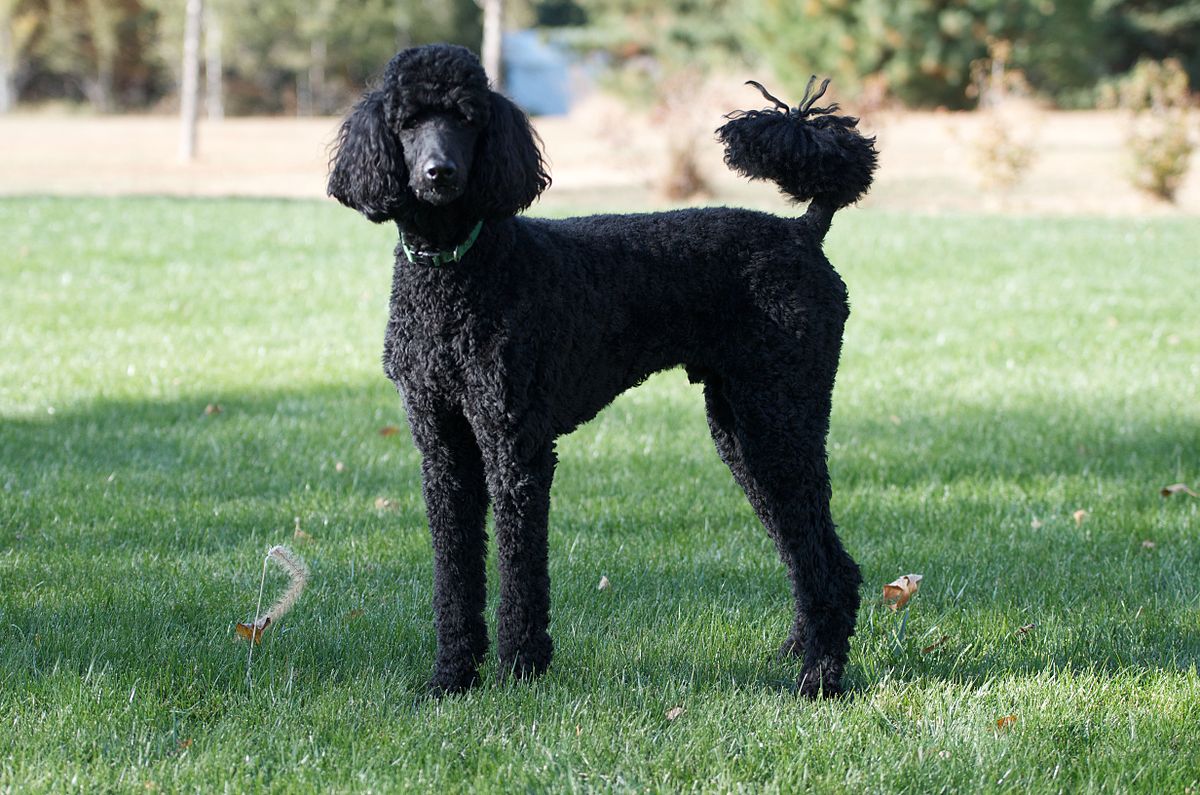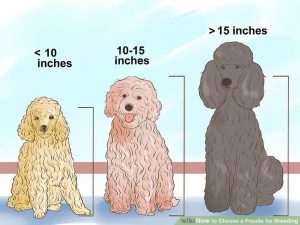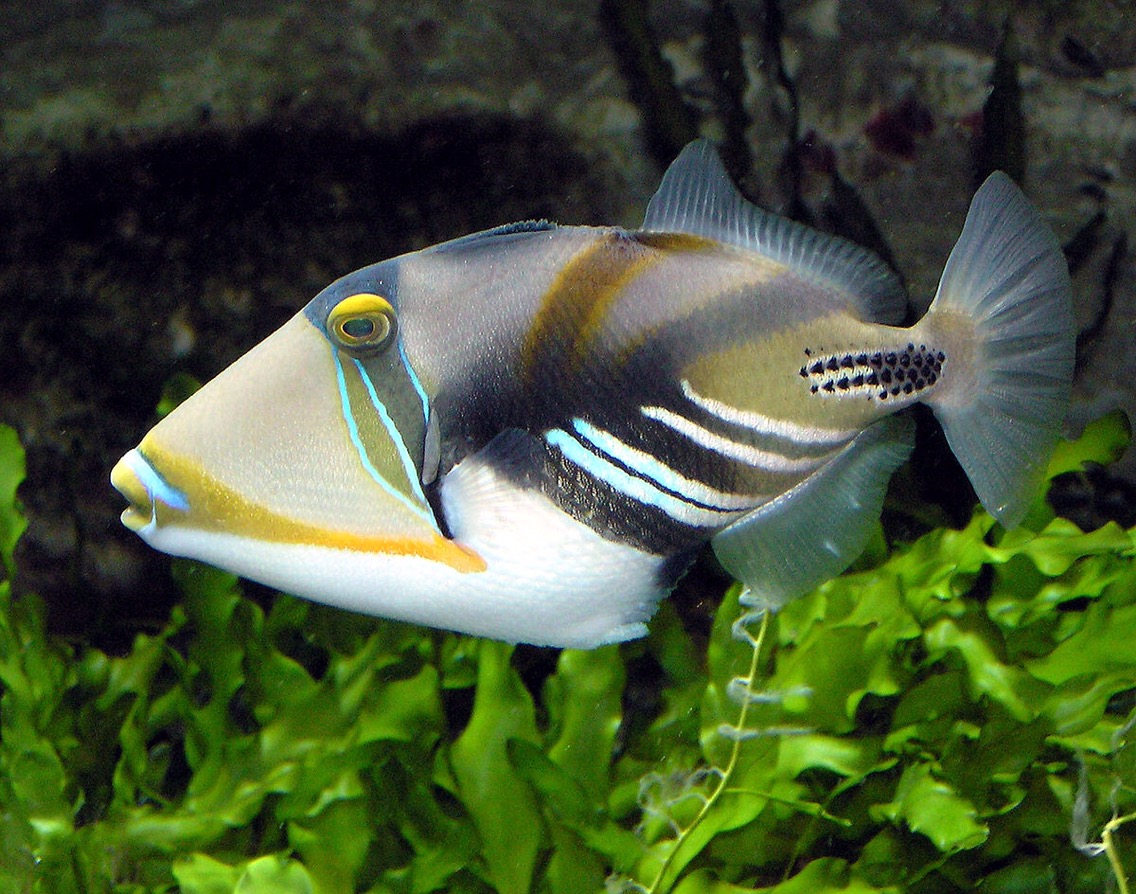

The poodle is a popular breed of dog probably originating in Germany but generally associated with France, where it has been raised for centuries. There are three varieties, differing in size only.
The standard poodle, classified in the nonsporting-dog group (see nonsporting dog), stands over 15 in. (38.1 cm) high at the shoulder and weighs from 40 to 55 lb (18.1/24.9 kg). The miniature, also listed in the nonsporting-dog group, stands from 10 to 15 in. (25.4/38.1 cm) high at the withers and weighs from 14 to 16 lb (6.4/7.3 kg).
The toy poodle, which is classified as a toy dog, stands up to 10 in. (25.4 cm) high at the shoulder and weighs about 6 lb (2.7 kg). The profuse coat is dense and hard-textured and may be any solid color. If left untended, the coat will grow out in matted, rope like cords. The poodle is clipped in a variety of styles (e.g., the puppy trim, the continental clip, and the English-saddle clip), a practice now carried out largely for show or aesthetic purposes but originally for utilitarian value.
The poodle was widely used in France as a waterfowl retriever, but its heavy coat required clipping so as not to hinder the dog?s progress through water. The poodle has also been raised as a circus and vaudeville performer and as a hunter of truffles. Today it is usually kept as a companion and pet.































